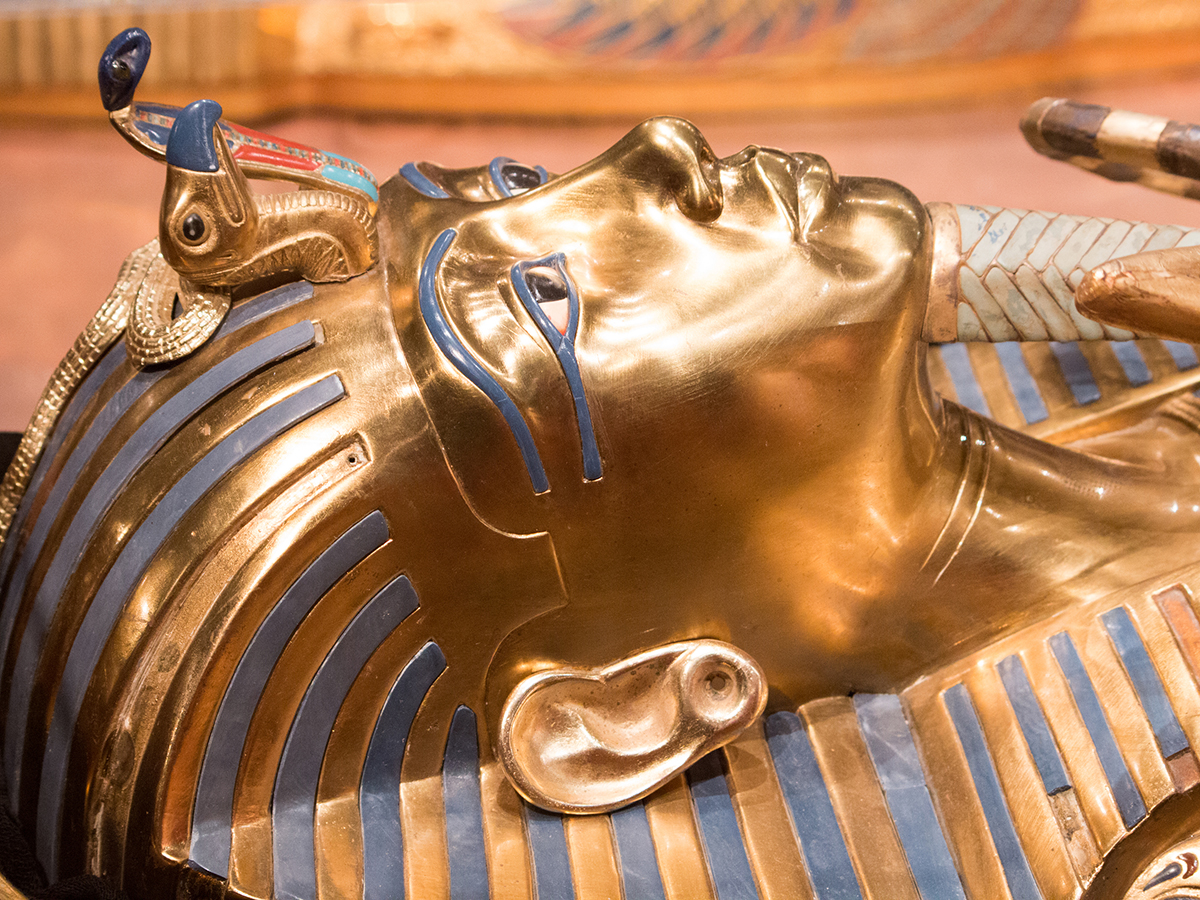
November 10, 2022
November 4 marked the 100 year-to-date unearthing of King Tut’s tomb. British archaeologist Howard Carter was excavating in the Valley of the Kings at the time, a popular location in Egypt for researchers, when he suddenly discovered something.
On November 4, his team found the first step, and over the passing month, they would discover the entire staircase, burial chamber, tomb, casket, and ultimately the mummified Boy King himself.
King Tutankhamun was one of the youngest pharaohs to rule over ancient Egypt and had one of the shortest reigns in history, beginning when he was 9 years old until his death at age 19. He married his half-sister, Ankhesenamun, but they had no surviving children.
Aside from his extreme youth, there are many other mysteries surrounding Tut’s death and unearthing of his tomb. His body had a club foot, and he was buried with over 130 walking sticks. Multiple depictions show him in chariot races. However, recent DNA discoveries indicate that malaria could be the cause of his death.
Why is there so much fascination and speculation about the Boy King?
For one thing, his tomb has been the only one that remained intact after 4,000 years buried. This included all of the ceremonial burial treasures, which were also untouched. How could his tomb have remained free of looters? Would you believe it was because another pharaoh’s tomb covered parts of the entrance to Tut’s tomb?
Tut’s burial had seemed rushed. Was it because of an accident or a crime against the Boy King? There are many theories about his cause of death, and Tut did have multiple health ailments. A lot of preparation went into ensuring the pharaoh was ready to go forth into the afterlife. As a result, if he had died suddenly, the procedures would have been rushed and may have seemed criminal.
Were there curses placed on Tut’s tomb to ward off thieves or grave robbers? Many locals and superstitions concluded that members of the original excavation team were cursed after multiple members died soon after.
Here are a few more FAQs about King Tut:
- Can we see the artifacts or visit Tut’s tomb today?
- Absolutely! The Grand Egyptian Museum, located in Cairo, is home to 4,700 of the 50,000+ artifacts from Tut’s tomb. This does include the burial mask and physical tomb of Tut himself. The physical tomb of King Tut can be toured in the Valley of the Kings, in Luxor, which is on the western side of the famous Nile River.
- How can we learn more about King Tut?
- Dig into National Geographic Kids to begin your journey with archaeology.
- Would you like to see what excavator Howard Carter saw back in 1922? Check out this short clip to see footage from 1922 (you’ll need your Library card number to view).
Lastly, if you wish to learn more about King Tut, check out this list here. What treasures and historic artifacts will you discover or uncover?
Andrew E.
Red Bridge Branch
Read Similar Blogs:
Books and Reading
History







